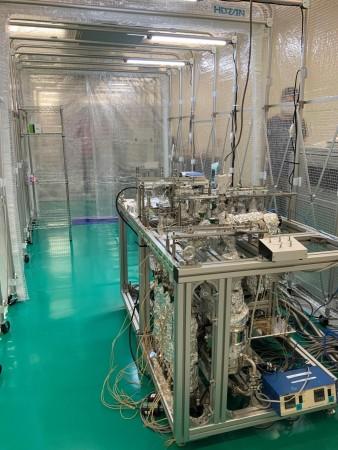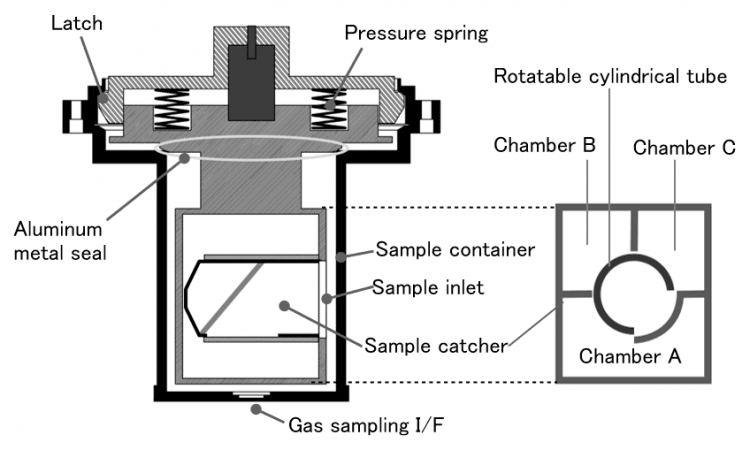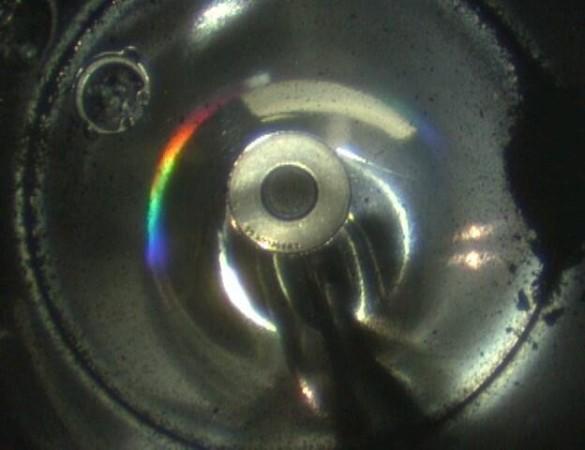Ten days after the return of Japan's Hayabusa2, the re-entry capsule of the asteroid explorer, Japanese scientists opened the sample container to find grains of black sand, believed to be particles attached to the entrance of the sample catcher.
Earlier, a quick analysis of the collected gas within the sample container at the Quick Look Facility at Woomera in Australia where Hayabusa2 landed, suggested that the gas differed from the atmospheric composition of the Earth, Japan Aerospace Exploration Agency (JAXA) said in a statement.

The capsule was recovered in Woomera, Australia on December 6 and delivered to the JAXA Sagamihara campus in Japan, where a similar analysis was performed at the Extraterrestrial Sample Curation Center for re-confirmation.

On December 14, a sample of grains of black sand thought to be derived from asteroid Ryugu was confirmed to be inside the sample container and the scientists opened it to find a gas sample originating from the asteroid.
The scientists determined that the sample was from the Ryugu asteroid as:
- Gas analysis at the Extraterrestrial Sample Curation Center in Japan and at the Woomera in Australia gave the same result.
- The sample container is sealed with aluminum metal and the condition of the container is as designed, such that the inclusion of the Earth's atmosphere was kept well below the permissible level during the mission.
- Since it was confirmed on the Sagamihara campus that gas of the same composition had been generated even after the removal of the container gas in Australia, it is considered that the collected gas must be due to the degassing from the sample.

The sample from Hayabusa2 is the world's first sample return of a material in the gas state from deep space and the analysis team will continue a detailed analysis of the molecular and isotopic composition of the collected gas next, said JAXA.
Against Expectations
Though samples of gas from the asteroid Ryugu was confirmed by JAXA, the pertinent question of bringing solid rock samples by Hayabusa2 failed, thus, disappointing the astronomers. The isotope analysis may throw light on the possible structure of Ryugu but the decade-long experiment fell short of expectations about future mining of asteroids.
So, all eyes will be on what NASA's OSIRIS-REx spacecraft that had collected in October 2020 some samples from asteroid Bennu, which is more than 200 million miles (321 million kilometers) from Earth. Launched in September 2016, it was able to grab dust and rocks from a sample site on Bennu called Nightingale and is expected to return them to Earth by 2023, after beginning its return journey in March 2021.














